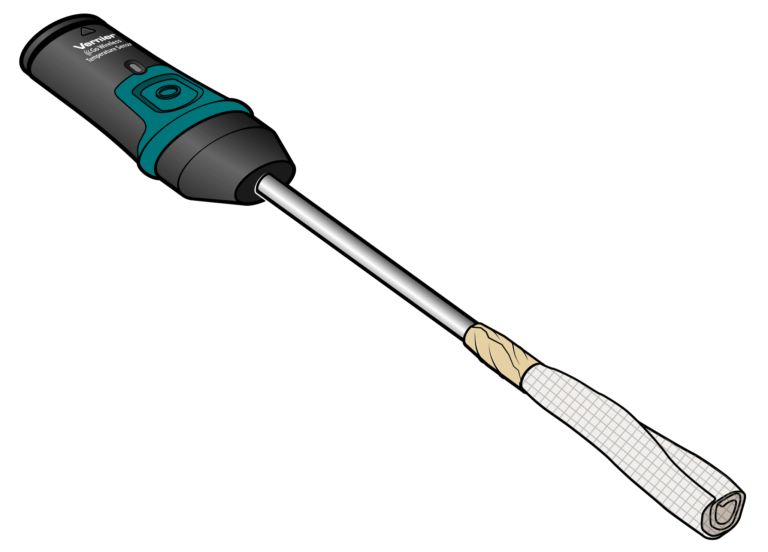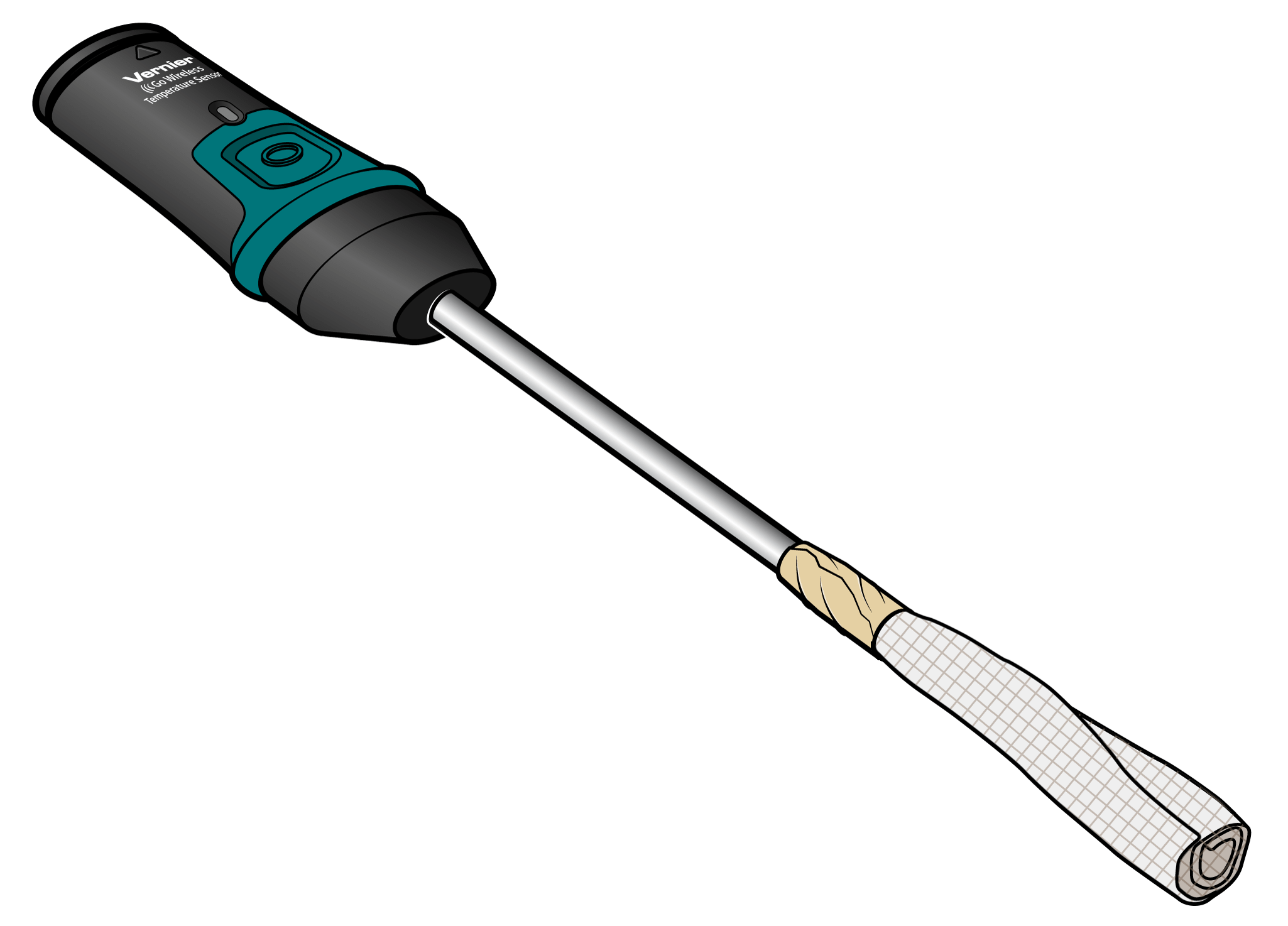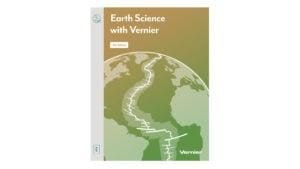
Introduction
If you live in a place where it gets hot and muggy, you know about humidity. Humidity is a measure of the amount of water vapor in the air. When meteorologists report humidity, however, they are usually referring to the relative humidity. Relative humidity is the amount of water vapor in the air compared to the maximum amount it can hold. The maximum amount of water vapor air can hold varies depending on its temperature—warm air can hold more water than cold air.
One way to measure relative humidity is by observing how easily water evaporates. The drier the air, the faster water will evaporate. Have you ever noticed that you feel cooler when you have just stepped out of the water? This is because as water evaporates, it cools the surface it evaporated from. If we measure how much a temperature probe cools as water evaporates off of it, we can calculate the rate of evaporation and therefore the relative humidity.
In this experiment, you will use two temperature probes to determine relative humidity at several different locations.
Objectives
- Measure temperature with a temperature probe.
- Determine relative humidity.
- Explain your results.
Sensors and Equipment
This experiment features the following sensors and equipment. Additional equipment may be required.
Ready to Experiment?
Ask an Expert
Get answers to your questions about how to teach this experiment with our support team.
- Call toll-free: 888-837-6437
- Chat with Us
- Email support@vernier.com
Purchase the Lab Book
This experiment is #26 of Earth Science with Vernier. The experiment in the book includes student instructions as well as instructor information for set up, helpful hints, and sample graphs and data.



